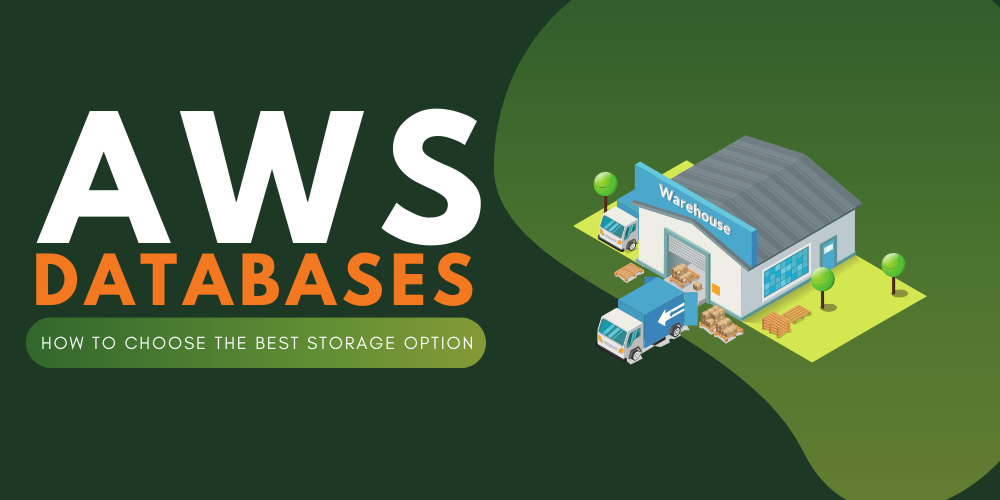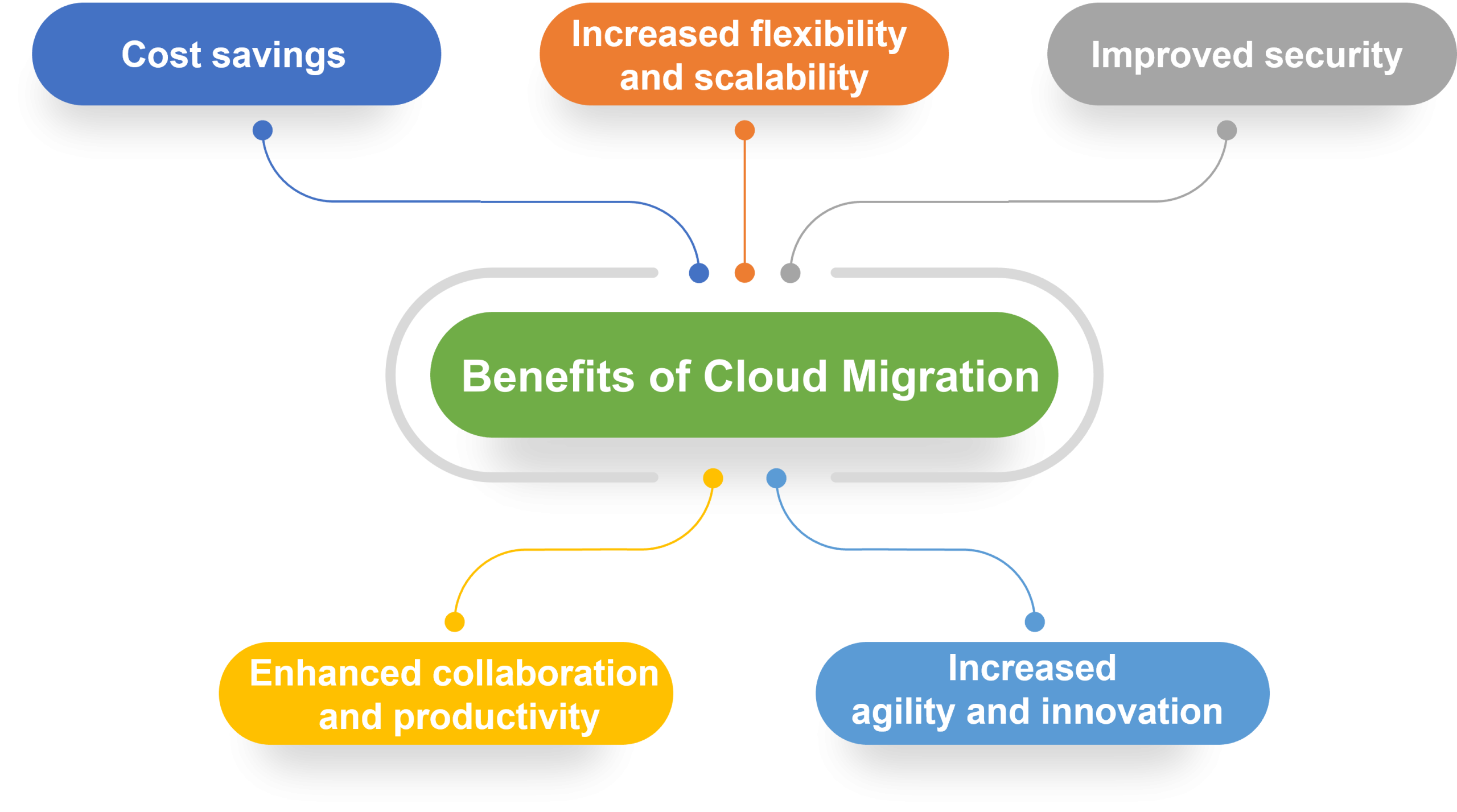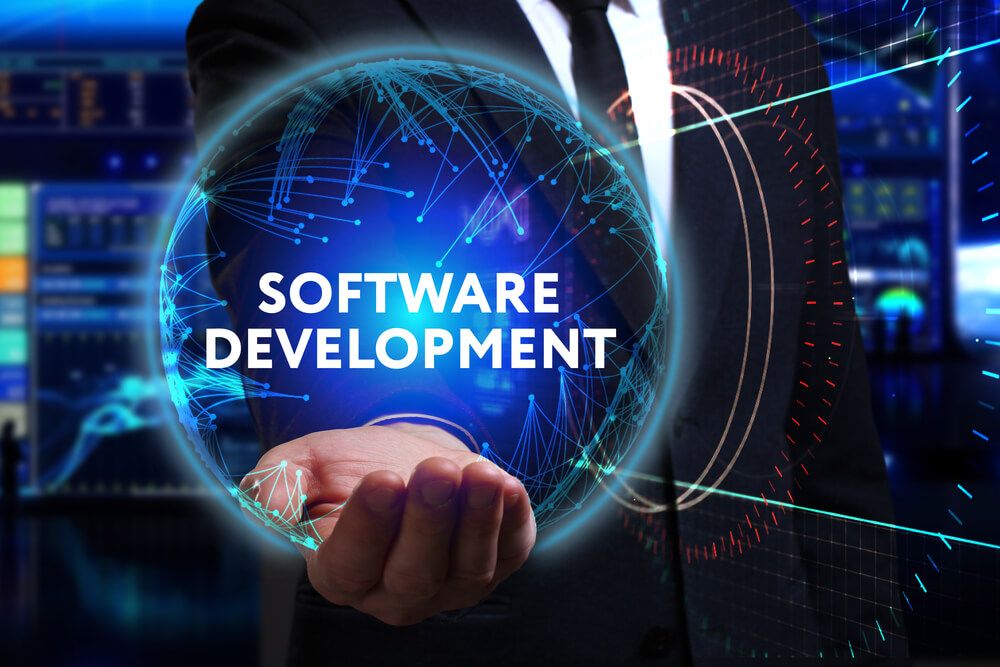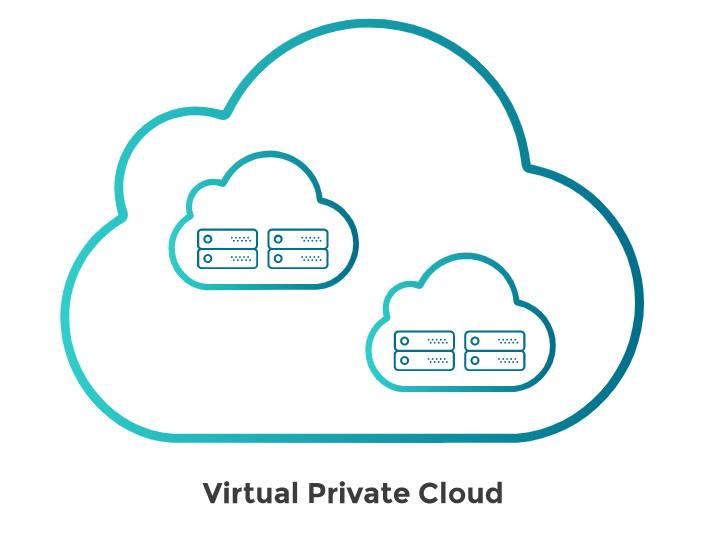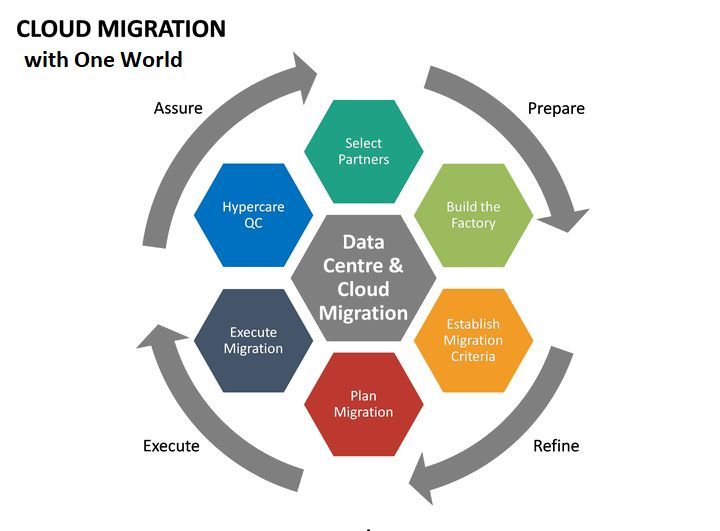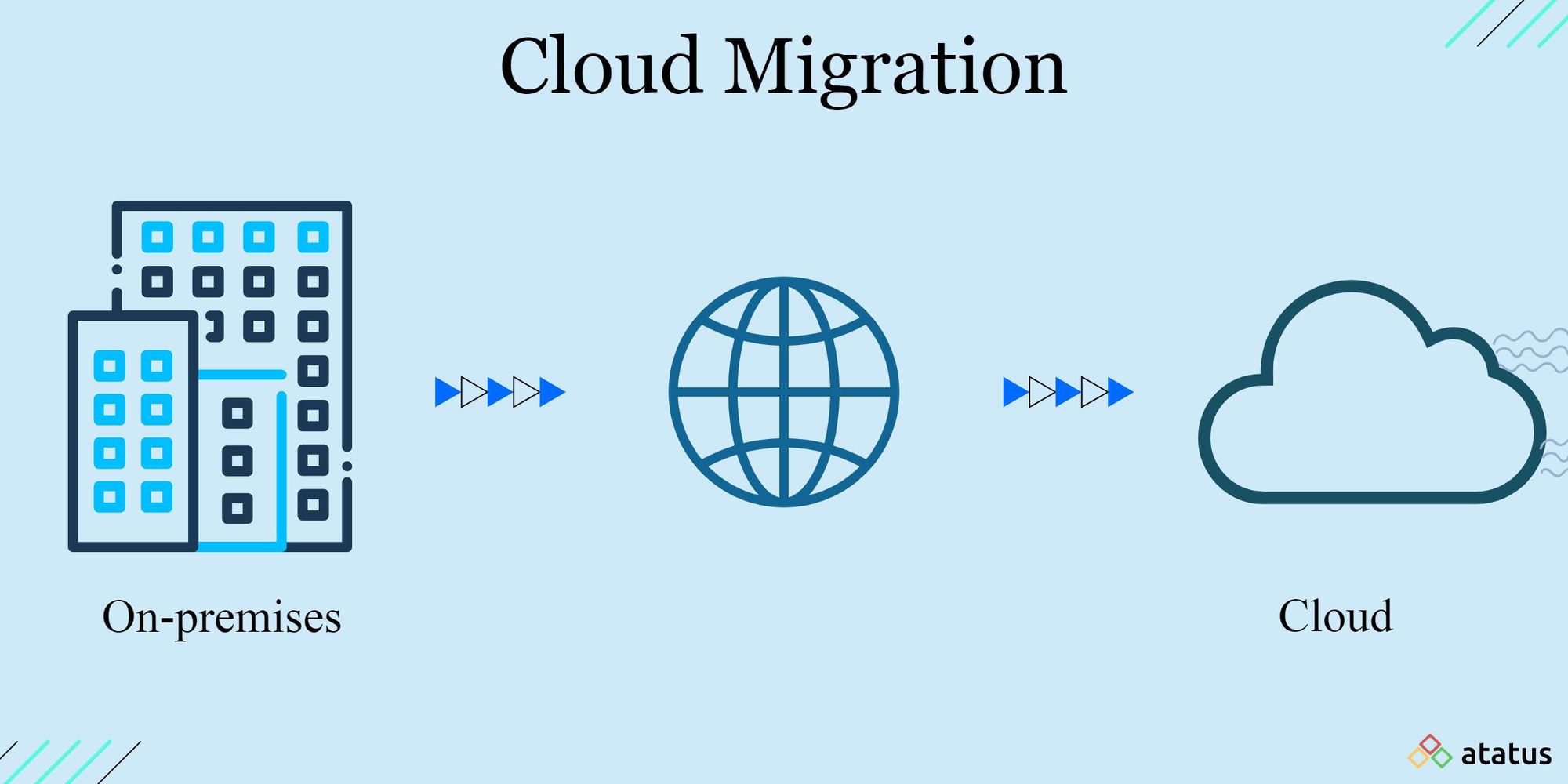Java Integration Testing: Framework Insights and Practical
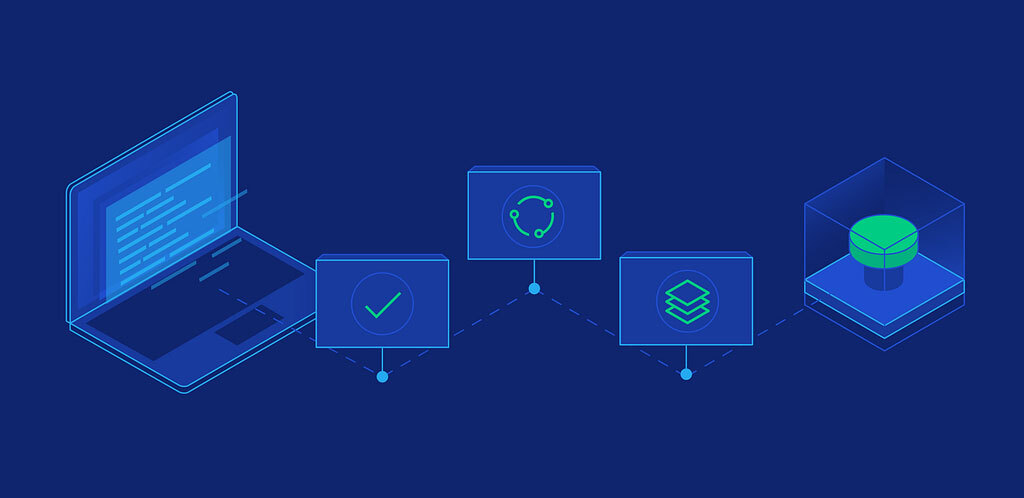
Introduction
The requirement for durable and trustworthy applications has never been greater in modern software development‘s ever-changing and dynamic landscape. The complicated sync of separate components operating smoothly together becomes a vital feature of the development lifecycle as developers attempt to offer seamless user experiences. Amid this complication, JAVA integration testing emerges as a critical component of the quality assurance process, allowing engineers to methodically validate the relationships between various components.
In this detailed blog post, we will go over integration testing in JAVA in detail. We will not only emphasize its critical importance in the software development life cycle, but we will also present concrete examples to help clarify crucial ideas. So buckle up as we explore the world of integration testing in JAVA, decoding its relevance and revealing practical applications inside the Java ecosystem.
About JAVA integration testing
Integration testing JAVA is a vital stage in the software development lifecycle that systematically validates the collaborative behavior of interconnected components within a Java application. Integration testing, as opposed to unit testing, which focuses on individual units of code in isolation, evaluates the seamless interaction between multiple modules, classes, and, in some cases, external services. This JAVA integration testing method ensures that the many components of a Java program work together as a unified whole, discovering and correcting any issues that may develop as a result of their integration. Developers can design thorough test suites to emulate real-world scenarios using testing frameworks such as JUnit and Mockito, leading to the creation of resilient and trustworthy Java applications.
Why Should Integration Testing in JAVA Be Performed?
Aside from the obvious fact that developers must test all software programs before exposing them to the public, there are certain special reasons developers should undertake integration testing;
- Errors occur when software modules are incompatible.
- Developers must ensure that each software module can communicate with the database.
- Because of client feedback, requirements vary. However, those additional needs may not have been adequately tested and should be.
- Every software developer has their own set of concepts and programming logic. Integration testing guarantees that the various units work properly.
- There could be issues with hardware compatibility.
- Modules frequently interface with third-party APIs or tools, therefore integration testing is required to ensure that the data these tools accept is correct.
Advantages of Integration Testing in JAVA
Detecting Interaction Difficulties: JAVA Integration testing acts as an overseer for communication difficulties between application components. Problems such as erroneous data transfers or unsuitable interfaces are typical in the dense web of interrelated components. JAVA Integration tests thoroughly investigate these possible issues, ensuring that communication channels are clear and seamless. Early detection and resolution of interface issues help greatly to the overall stability and reliability of the software.
End-to-End Validation: The quality of integration testing JAVA is its ability to emulate real-world circumstances by putting several components through their paces. Rather than examining individual components in isolation, this method looks at how these units interact as a coherent whole. End-to-end validation assures engineers that the entire system will act as expected in a variety of conditions. This extensive testing guarantees that the application performs fluidly in a holistic sense, accurately representing the real-world user experience and reducing the possibility of unforeseen problems in a production scenario.
Improved Code Quality: JAVA Integration tests play a critical role in improving a software application’s overall code quality. While unit tests focus on individual functionalities within separate components, integration tests reveal a larger perspective by examining how these components interact with one another. This expanded perspective frequently discloses previously undetected vulnerabilities during unit testing, such as integration-related defects or unexpected dependencies. Developers can improve the overall quality of the codebase by addressing these concerns, resulting in a more robust and maintainable program.
Confidence in Refactoring: Refactoring is an important part of software development that includes rearranging code to improve its design or readability without changing its exterior behavior. Although advantageous, this approach may result in unforeseen repercussions and regressions. During refactoring, integration testing in JAVA serves as a safety net, giving developers the confidence to change the codebase. The guarantee that integration tests will quickly detect any regressions caused by changes allows developers to evolve and improve the codebase without worry of inadvertently jeopardizing the application’s integrity. This increasing trust in refactoring leads to a more agile and responsive development approach.
Types of JAVA Integration Testing
- Big Bang Integration Testing: All components are integrated simultaneously in this approach, and the entire system is tested as a whole. While this procedure is easy, it may be difficult to pinpoint the source of problems.
- Top-Down Integration Testing: Starting with the highest-level modules, testing progresses to lower-level modules. This strategy enables the early detection of major errors, although it may necessitate the usage of stubs or mocks for lower-level modules.
- Bottom-Up Integration Testing: In contrast to top-down integration testing, this method begins with lower-level modules and gradually integrates higher-level components. Higher-level modules may necessitate stumbling or mocking.
Examples of Java Integration Testing
Let’s look at some real-world Java integration testing examples utilizing popular testing frameworks like JUnit and Mockito.
- JUnit Testing for Spring Boot Application:
| @SpringBootTest@RunWith(SpringRunner.class)public class UserControllerIntegrationTest { @Autowired private MockMvc mockMvc; @Autowired private ObjectMapper objectMapper; @Test public void testGetUserById() throws Exception { mockMvc.perform(MockMvcRequestBuilders.get(“/users/{id}”, 1)) .andExpect(MockMvcResultMatchers.status().isOk()) .andExpect(MockMvcResultMatchers.jsonPath(“$.id”, Matchers.is(1))); } @Test public void testCreateUser() throws Exception { User newUser = new User(“John Doe”, “john.doe@example.com”); mockMvc.perform(MockMvcRequestBuilders.post(“/users”) .contentType(MediaType.APPLICATION_JSON) .content(objectMapper.writeValueAsString(newUser))) .andExpect(MockMvcResultMatchers.status().isCreated()) .andExpect(MockMvcResultMatchers.jsonPath(“$.name”, Matchers.is(“John Doe”))); }} |
In this example, we are testing a UserController in a Spring Boot application with JUnit and SpringBootTest. The tests validate the retrieval of a user by ID and the creation of a new user feature.
- Mockito for External Service Integration:
| public class PaymentServiceIntegrationTest { @InjectMocks private OrderService orderService; @Mock private PaymentGateway paymentGateway; @Test public void testProcessOrderWithPayment() { Order order = new Order(/* order details */); Mockito.when(paymentGateway.makePayment(Mockito.anyDouble())).thenReturn(true); boolean result = orderService.processOrder(order); assertTrue(result); Mockito.verify(paymentGateway, Mockito.times(1)).makePayment(Mockito.anyDouble()); } @Test public void testProcessOrderWithoutPayment() { Order order = new Order(/* order details */); Mockito.when(paymentGateway.makePayment(Mockito.anyDouble())).thenReturn(false); boolean result = orderService.processOrder(order); assertFalse(result); Mockito.verify(paymentGateway, Mockito.times(0)).makePayment(Mockito.anyDouble()); }} |
We are testing the OrderService class in this Mockito example, which is dependent on a Payment Gateway. Mockito is used to simulate the Payment Gateway’s behavior, allowing us to test the OrderService’s logic without having to deal with the actual external service.
Conclusion
The Java integration testing framework is an essential strategy for ensuring that different components inside a software application work together smoothly. Developers can design powerful test suites to validate the interactions between modules and external services by using testing frameworks such as JUnit and Mockito. Integration testing is an important weapon in the developer’s arsenal as software systems get more complicated, boosting code quality, early issue detection, and overall system stability. Incorporating these techniques into your Java development workflow can help you create more durable and maintainable software.
FAQs
- How should an integration test suite be planned?
When developing an integration test suite, keep the following points in mind:
- -Which components must be tested?
- -What interactions between components must be tested?
- -What data is required for testing?
- -How much test coverage do you need?
From there, you may begin to plan which tests must be developed and how they should be prepared.
- What is the distinction between unit, functional, and JAVA integration testing?
Unit tests examine the functionality of a single component or unit of code whereas functional tests are those that focus on the overall functionality of a system. Integration tests, on the other hand, focus on the integration of various components or units of code.
- What is a top-down approach for integration testing in JAVA?
A top-down method of integration testing begins at the highest level of the system and works its way down to the lower levels. This is in contrast to a bottom-up method, in which you begin testing at the lowest levels and work your way up.
- Are there any disadvantages to utilizing integration tests rather than unit tests?
While integration tests are useful for examining the interconnections of different units of code, they are more time-consuming and complicated to set up than unit tests. Furthermore, integration tests may be less effective than unit tests in determining the source of issues.
- Is it possible to perform integration testing in JAVA simply by inspecting the codebase? If so, how so?
Yes, integration testing may be performed by inspecting the codebase. This can be accomplished by examining the dependencies between the codebase’s various components and modules and testing to see how they interact with one another. However, this is a challenging task that is frequently best done in conjunction with other types of testing, such as unit testing.
